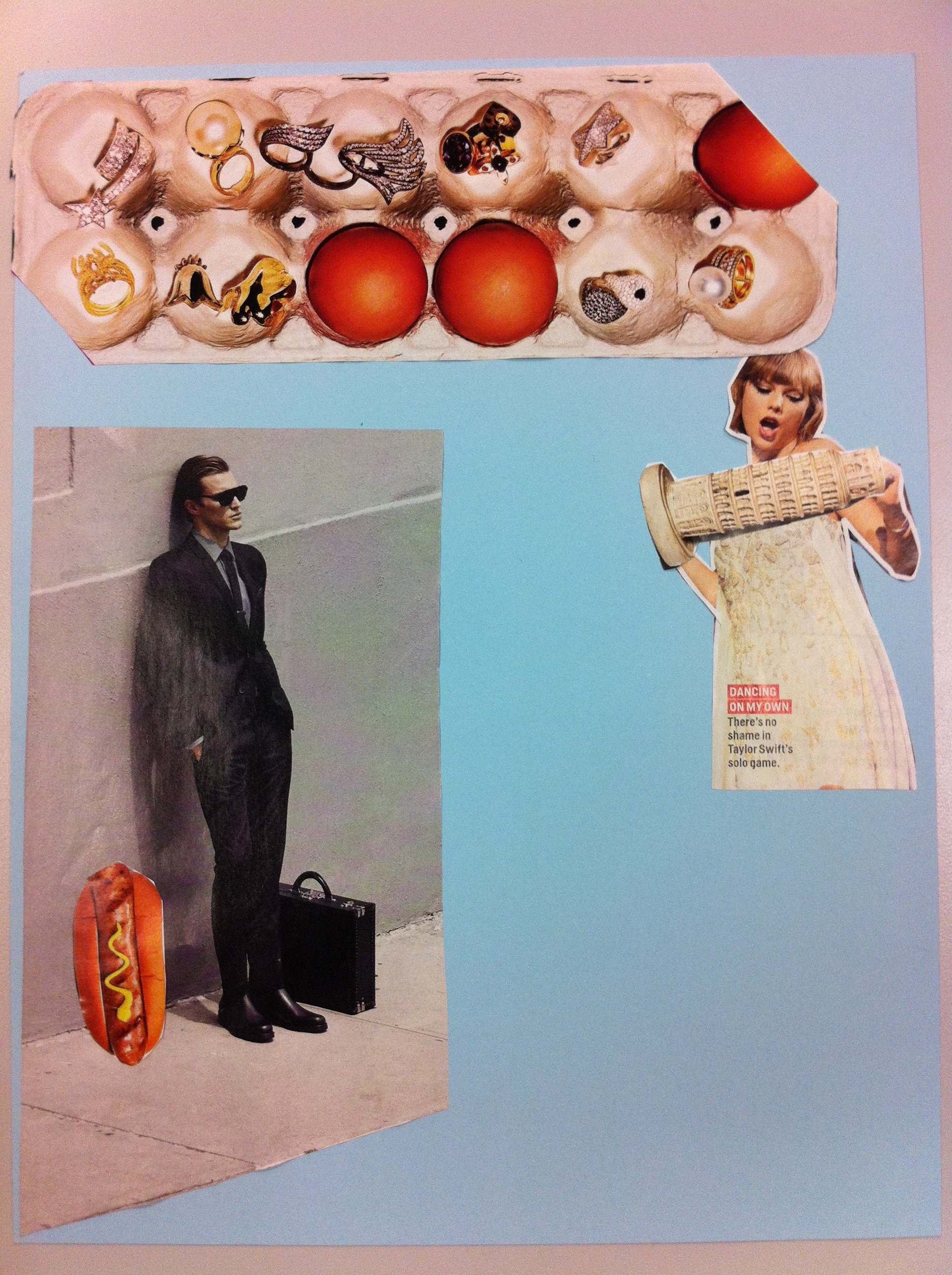
THE CLASSROOM: A PLACE FOR VULNERABILITY
[flickr id=”11953950494″ thumbnail=”medium_640″ overlay=”true” size=”medium_640″ group=”” align=”none”]
This is the week I show up to teach and, after several minutes of weird, alien air in which my first-year writing students are squirming uncomfortably, I realize that I’m not wearing any clothes. Welcome to the first day of class.
Although this week kicks off my third semester of teaching Writing and Rhetoric, it is the first semester for many of my colleagues, who are also likely having the same anxiety-ridden dreams of First Day disaster, where the only law is Murphy’s, and the unimaginable becomes the imperative.
[flickr id=”11954349166″ thumbnail=”medium_640″ overlay=”true” size=”original” group=”” align=”none”]
Along with allowing the chance to work as an editor for Columbia Poetry Review, Columbia College Chicago’s Poetry MFA program also provides the opportunity to get three semesters of teaching under your belt. This is huge. Not only does this look great on your CV, but more importantly, I’ve learned as much in the classroom as an instructor as I have as a graduate student.
For anyone interested in teaching, the first semester of the Graduate Student Instructor (GSI) program involves taking a course called Composition Theory and Praxis, in which you gain solid theoretical and practical grounding for developing a teaching philosophy and ways to ignite learning in the classroom. It was in this course that I first learned of bell hooks, who has greatly impacted my approach to teaching, in general, and the classroom, in particular.
[flickr id=”11954352596″ thumbnail=”medium_640″ overlay=”true” size=”original” group=”” align=”none”]
For me, personally, learning to write means learning to think, and learning to think is intrinsically connected to knowing how to live. That’s why critical consciousness, both on personal/local and political/global levels, is vanguard in my teaching philosophy. Knowing how to live means connecting with those around us. hooks writes that “our capacity to generate excitement is deeply affected by our interest in one another, in hearing one another’s voices, in recognizing one another’s presence” (08). hooks insists that engaged pedagogy requires a commitment to a process of self-actualization. By this she means you have to practice vulnerability: to be wholly present, both in mind and body. “Teaching is a performative act,” writes hooks. “And it is that aspect of our work that offers the space for change, invention, spontaneous shifts, that can serve as a catalyst drawing out the unique elements in each classroom” (11). This is how we learn to communicate, both creatively and critically.
[flickr id=”11953810593″ thumbnail=”medium” overlay=”true” size=”original” group=”” align=”none”]
A good friend, artist, and instructor that I met working in Cortona, Italy and I like to share ideas about anything art and being in the classroom. When I visited Georgia this past October, he shared with me John Cage’s “Some Rules for Students and Teachers” (and artists). Rules like this always seem a little too self-helpy, but there’s an invaluable truth in all of these, so take them seriously.
RULE ONE: Find a place you trust, and then try trusting it for awhile.
RULE TWO: General duties of a student—pull everything out of your teacher; pull everything out of your fellow students.
RULE THREE: General duties of a teacher—pull everything out of your students.
RULE FOUR: Consider everything an experiment.
RULE FIVE: Be self-disciplined—this means finding someone wise or smart and choosing to follow them. To be disciplined is to follow in a good way. To be self-disciplined is to follow in a better way.
RULE SIX: Nothing is a mistake. There’s no win and no fail, there’s only make.
RULE SEVEN: The only rule is work. If you work it will lead to something. It’s the people who do all of the work all of the time who eventually catch on to things.
RULE EIGHT: Don’t try to create and analyze at the same time. They’re different processes.
RULE NINE: Be happy whenever you can manage it. Enjoy yourself. It’s lighter than you think.
RULE TEN: “We’re breaking all the rules. Even our own rules. And how do we do that? By leaving plenty of room for X quantities.”
HINTS: Always be around. Come or go to everything. Always go to classes. Read anything you can get your hands on. Look at movies carefully, often. Save everything—it might come in handy later.
[flickr id=”11953518165″ thumbnail=”medium” overlay=”true” size=”original” group=”” align=”none”]
I’ve heard several colleagues and friends in other graduate programs reluctantly admit that they don’t feel that they know enough to be a successful teacher, and I tell them that’s exactly why they’ll be great. The moment we think we know enough to teach someone else how to live is the exact moment be become less present in the world, less interested in hearing and recognizing the presence of others around us. It’s not about entering the classroom as a teacher, it’s about entering the classroom as a human being. These students are smart, I remind them, smarter than I am in too many ways to count. And that’s perfectly okay. If I want to be a successful teacher, I have to go into it ready to learn, ready to change, knowing that the classroom is a dynamic space where self-actualization can and must occur.
[flickr id=”11953951234″ thumbnail=”medium” overlay=”true” size=”original” group=”” align=”none”]
Before I’d finished typing that last sentence (no joke), a friend and first-time instructor gchatted me: “Balls. The idea of teaching freaks me out.” And it should. Being alive is a freaky (and beautiful) thing, so teaching should be, too.
Get on it.
